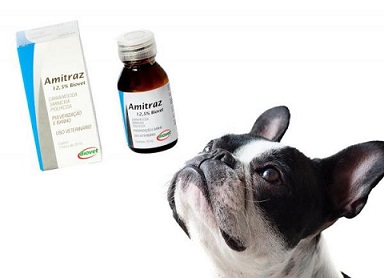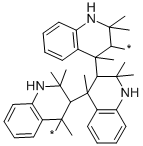Poly (1,2-dihydro-2,2,4-trimethylquinoline)-Application as a rubber antiaging agent
Jan 9,2020
Poly (1,2-dihydro-2,2,4-trimethylquinoline), also known as rubber antiaging agent RD, is soluble in benzene, chloroform, carbon disulfide and acetone, insoluble in water, and slightly soluble in petroleum hydrocarbons. Low toxicity, low pollution and good compatibility with rubber[1].
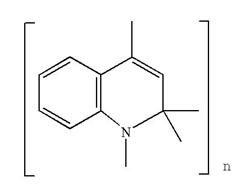
The rubber antiaging agent RD has anti-oxidation effect, is used for almost all types of elastomers in various applications, and has a wide range of temperature application; the continuous action in rubber makes the rubber compound have a long-term thermal aging resistance; It can prevent the rubber from being oxidized by heavy metals[2]. It has a high molecular weight, slow migration in the rubber matrix, and is not easy to bloom. It can be used in light-colored rubber, but it may cause slight discoloration and pollution[3]. The rubber antiaging agent RD should be stored in a cool, dry, well-ventilated place, and should avoid direct sunlight.
It is a general-purpose amine antioxidant, which is particularly excellent in antioxidant properties. It is mainly used as a rubber antioxidant. Suitable for natural rubber and synthetic rubbers such as nitrile, styrene-butadiene, ethylene-propylene and neoprene[4]. Excellent protection against aging caused by heat and oxygen, but poor protection against aging due to flexion. It can be used together with other rubber antioxidants with excellent anti-fatigue fatigue and ozone aging performance. It can be used as a stabilizer for isoprene rubber, butadiene rubber and styrene-butadiene rubber, and it can inhibit harmful metals[5].
Used in combination with rubber antioxidants aw or p-phenylenediamine antioxidants, it is a common antioxidant used in the manufacture of rubber products such as tires, hoses, tapes, and wires. As the rubber antioxidant rd is compatible with rubber, it will not bleed when the amount is up to 5 parts, so it can increase the amount of antioxidant and improve the anti-aging performance of rubber compounds[6]. In rubber products used under dynamic conditions, Such as tire treads and conveyor belts, it can be used in combination with rubber antioxidants 4010na or aw. It is widely used in the manufacture of tires, rubber shoes, hoses, tapes, wires, cables and other rubber products[7].
References
[1] Brown, J. P, Jackman, L. M. 597. Reactions of 2,2-dialkyl-1,2-dihydroquinolines. Part II. Bromo-derivatives of 1,2-dihydro-2,2,4-trimethylquinoline[J]. Journal of the Chemical Society:3132.
[2] Brown, J. P, Tidd, B. K. Reactions of 2,2-dialkyl-1,2-dihydroquinolines. Part V. The dimer of 1,2-dihydro-2,2,4-trimethylquinoline[J]. Journal of the Chemical Society C Organic:1075.
[3] Fotie, Jean, Olvera, Alan, Ayer, Suraj K. Synthesis and Crystal Structures of Methyl 3,4,5-Trimethoxybenzoate and 1,2-Dihydro-2,2,4-Trimethylquinoline Derivatives[J]. Journal of Chemical Crystallography, 45(1):1-8.
[4] Morello, John, Fellman, Jack H, Storrs, Frances J. Polymeric Quinoline (Polymerized 1,2-Dihydro-2,2,4-Trimethylquinoline); Hydraulic Fluid Contact Dermatitis[J]. American Journal of Contact Dermatitis, 3(2):70-73.
[5] https://pubs.acs.org/doi/10.1021/acs.iecr.6b04146
[6] https://pubchem.ncbi.nlm.nih.gov/compound/8981
- Related articles
- Related Qustion
Magnesium stearate is a white, non-sandy fine powder; and has a slight odor with a slippery feel when it comes in contact with the skin. Magnesium stearate is insoluble in water, ethanol or ether. It dissolves in hot water and hot ethanol.....
Jan 9,2020SurfactantAmitraz is a contact broad-spectrum Formamidine insecticide, which is a moderately toxic acaricide. In 1971, Palmer reported its acaricidal activity, and Boots Co. Ltd. recommended it as acaricide in 1973.....
Jan 9,2020Chemical pesticides ?Poly(1,2-dihydro-2,2,4-trimethylquinoline)
26780-96-1You may like
Poly(1,2-dihydro-2,2,4-trimethylquinoline) manufacturers
- Poly(1,2-dihydro-2,2,4-trimethylquinoline)
-

- $0.00 / 1KG
- 2025-06-27
- CAS:26780-96-1
- Min. Order: 1KG
- Purity: 99%
- Supply Ability: 500000kg
- Poly(1,2-dihydro-2,2,4-trimethylquinoline)
-
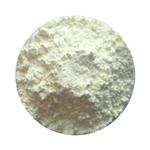
- $30.00 / 1kg
- 2025-06-20
- CAS:26780-96-1
- Min. Order: 1kg
- Purity: 0.99
- Supply Ability: 10 tons
- Rubber Antioxidant TMQ
-
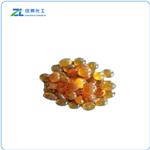
- $99.00/ kg
- 2025-05-23
- CAS:26780-96-1
- Min. Order: 1kg
- Purity: 99%
- Supply Ability: 20ton





